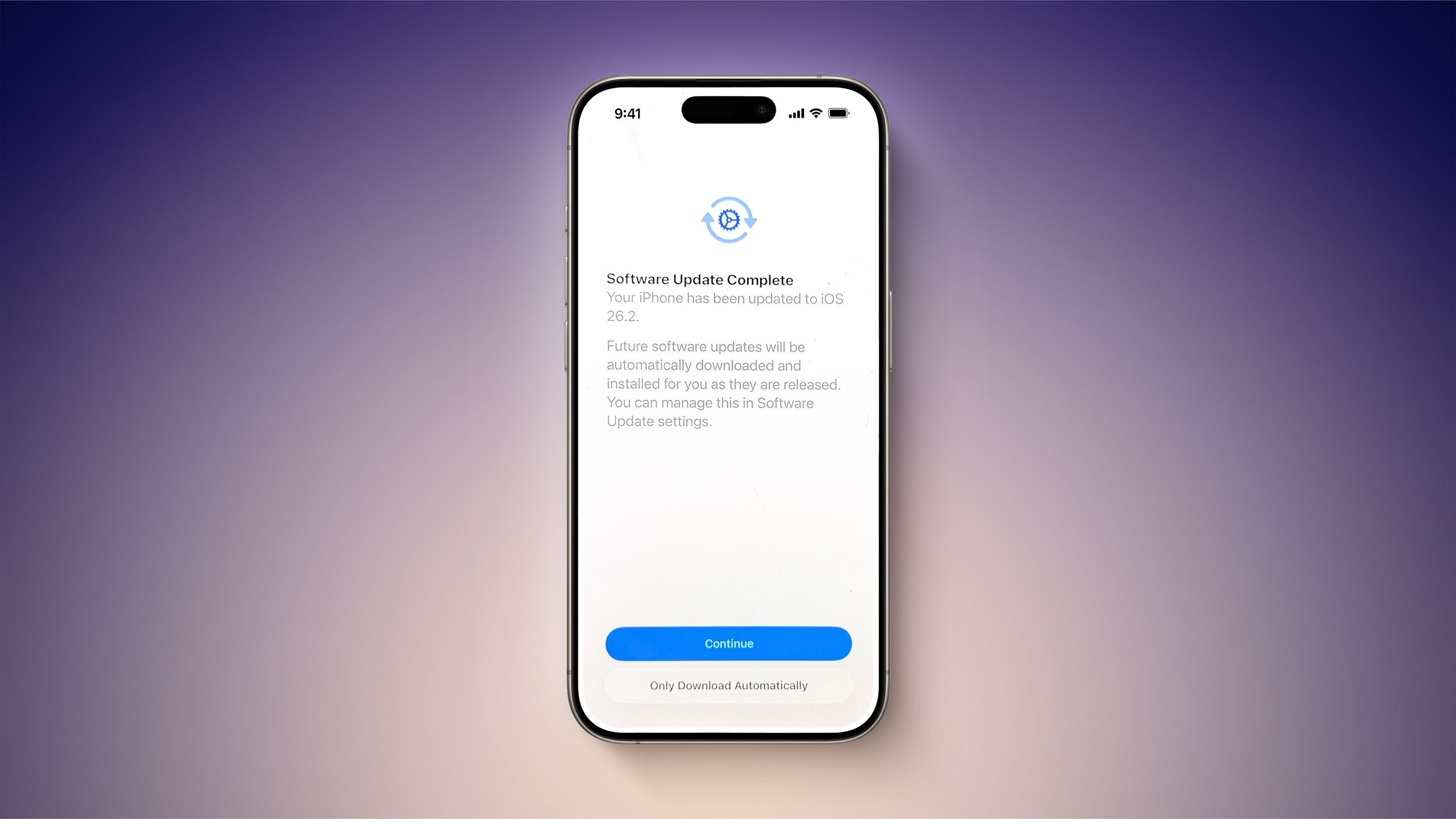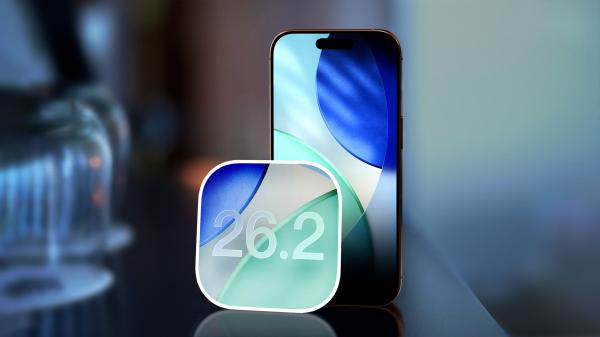While these days, video gaming and online casino gambling merge more and more, there are still differences in-game monetization and eventually, in user experiences. It is quite easy and comprehensive with online casinos - people make deposits or choose the best no deposit casino bonuses to play games for real money and then, hopefully, also win some real money they can withdraw.
Video games and mobile games make it way more complicated when it comes to monetization. There are various approaches and models, and each has its own nuances both for the player and for the game developer. To understand what approach to choose for a newly released game, or what game to choose for playing based on its monetization model, a stakeholder should be aware of how the revenue is created.
In this post, we look at two main monetization models in gaming - free-to-play and pay-to-play - and analyze extra models that are similar or combine these approaches. This post will be useful for video gamers and wannabe game developers, or generally for all folds interested in the video games industry and trends.
Free-to-Play Games with In-App Purchases
The "free-to-play" approach, widely embraced in mobile gaming, has skyrocketed in popularity. In this model, the game is accessible for free, enabling players to freely download it and enjoy the fun without paying for the access in the first place.
This is a very beneficial approach because it allows the player to check out the game for free and decide whether the game is worth their time or not. If not, they just close it and no one has to have a headache with refunds. If yes, they continue to play and enjoy it, mostly for free, unless they want to make an in-app purchase.
Developers, in turn, can be sure that their game will actually be checked out by some players, and by analyzing the dynamic of downloads and gaming, they will be able to collect data for further game improvement. Without the paywall, even average games can enjoy certain popularity and therefore offer more space for potential improvement.
To actually generate revenue in the game and check if players who are willing to play the game are ready to pay extra for it, developers introduce in-app purchases for virtual items, skins, currency, or extra game content. That way, players can continue to play without making any purchases at all but if they feel that the purchase can improve their experience and give them extra benefits, they may choose to buy.
Developers, in turn, check the leads and analyze the purchase patterns to make the game even more engaging so that players are willing to pay but are not obliged to do so.
Developers can also choose to introduce flexible price options and offer players affordable and premium products to choose from. This works well for games that already have a big stable fanbase and can make the experiences more versatile.
Integrated In-App Ads
In 2023, a prevailing trend in monetizing mobile games continues to be the integration of in-app advertisements. This approach has proven highly effective for developers who are unable to use in-game purchases for their audience or want to create a more steady and predictable revenue stream.
With in-app ads or in-game ads, players continue to enjoy the game without investing a dime into it, completely for free, but they have to see the ads placed in the game. Developers, in this case, are paid by the companies whose products or services are promoted, for demonstrating the ads to a receptive audience that might become customers at some point.
Popular games may feel like using too many ads and this is probably annoying for players but as long as the games stay free of charge, players are happy. If not, they may choose to go for the premium version if one is available.
In fact, user experience is crucial for ads integration. If the ads are too annoying and too all over the place interrupting the gaming experience, the player is very likely to opt out and the advertiser will lose their potential customer. This is why smoothly integrated ads that are not overwhelming are the key to this monetization model.
Subscription-Based Models of Game Monetization
In recent times, there has been a notable surge in the popularity of subscription-based models. Games that use a subscription-based monetization model make players pay a small affordable fee on a monthly or yearly basis to unlock the wanted content. Some games are fully behind the paywall of subscription and some games are partially free but some extra content is available upon subscription.
This model is pretty beneficial because it is affordable for content consumers and guarantees some stable and predictable revenue flow to the developers. Due to that, they can continue improving the game, fixing bugs, adding new content, and generally keeping the players engaged and entertained.
Traditional Pay-to-Play Video Games
Pay-to-play represents a classic approach to monetizing games, demanding players to make an upfront purchase for game access, and no content is provided for free. This model is prevalent in console and PC video gaming. Complete access to the game is only possible upon a fixed price being paid, and it is suggested that no extra payments are to be required after the game is purchased (but this has not been the case in recent years).
While this game monetization model slowly loses popularity and the in-game purchase monetization model starts to outperform it, the significance of the pa-to-play approach is hard to overestimate. For many well-known developers, offering a paid game can be a smart move that will be welcomed by a certain type of player.
Hybrid Monetization Models
It must be said that today, hybrid monetization models thrive. They work well for meeting the needs of a more versatile population of players and also diversify the revenue stream for game developers.
Hybrid models integrate various monetization strategies to create combinations of revenue channels. The overwhelming majority of free-to-play games these days also offer to buy in-game items or watch an integrated advertisement. The same game can also have a paid premium version without ads.
Video games are most often bought by subscription but there may be a premium subscription level, an in-game purchase model for skins and items, etc.
In the dynamic landscape of 2023's gaming industry, the general trend leans towards a fusion of strategies. Game developers are increasingly blending in-app ads, in-app purchases, and subscriptions.















